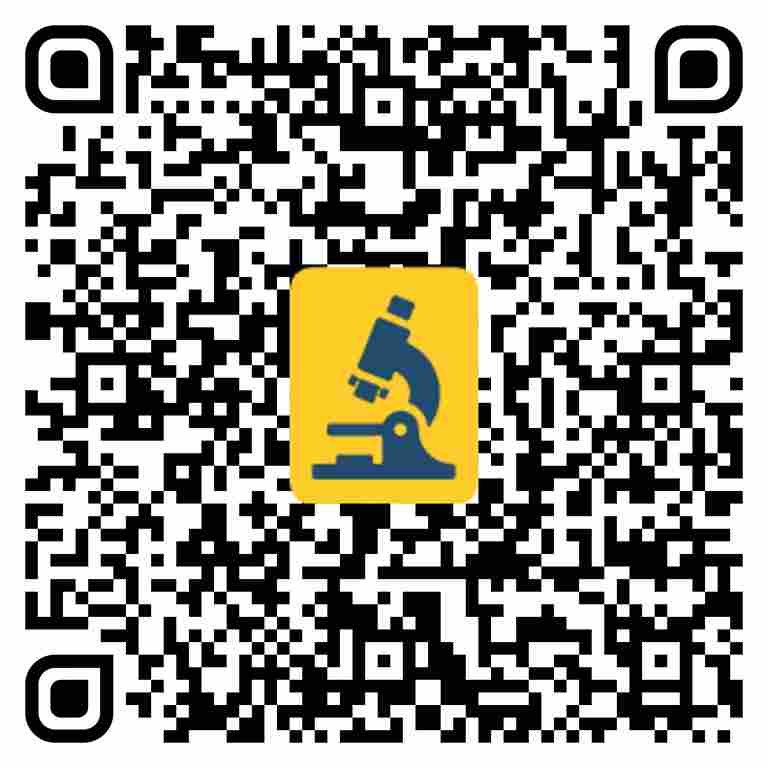
We’ll confirm your booking shortly!
Please provide your number to receive updates.
Enter the 6-digit verification code we just sent you to through SMS. Change Mobile

Doctors have traditionally ordered cholesterol tests to be drawn after an overnight fast. But this requirement causes a significant burden on both sides of the health care equation. Most people hate to fast. Skipping meals is particularly difficult for active people, people with diabetes, and children. Yet coming back for another visit is even more of a hassle, so many people just don’t bother. And it has been a drain for doctors, too, resulting in repeat test orders, phone calls, and patient visits.
International guidelines published recently in the European Heart Journal became the latest official recommendation against routine fasting for cholesterol tests. These guidelines defend what many health care systems and many doctors have been practicing for several years already. They should be met with universal acceptance, even if takes a while. There are several scientific reasons supporting this change.
When doctors test for cholesterol, they always order a group of tests called a lipid panel (lipids are fat-containing molecules). This panel typically includes four separate measures:
*Lipoproteins are the “packages” that transport cholesterol in the bloodstream.
Lipids have traditionally been drawn after a fast for two main reasons. The first was to minimize variation, since eating can affect some lipid levels. The second was to produce a better calculation of LDL-cholesterol, which is often derived from an equation thought to provide highly distorted results after eating. However, more recent studies have largely negated these concerns.
Scientists now agree that eating has only slight, clinically insignificant effects on three parts of the lipid profile: total cholesterol, and both HDL- and LDL-cholesterol. Food does raise triglyceride levels for several hours, usually to a modest degree. After a high fat meal these increases can be striking. Therefore, a doctor may still order a fasting test of triglycerides if non-fasting values are significantly elevated.
Perhaps more important, large-scale analyses have shown that non-fasting lipids don’t weaken the connection between cholesterol levels and harmful events like heart attack and stroke. In fact, post-meal measures are thought to strengthen the ability of lipid levels to predict cardiovascular risk. This observation may stem from the fact that most people eat several meals plus snacks during the day. That means we spend most of our time in a “fed” state, not a fasting state. So lipid levels after eating may best reflect our normal physiology.
Guidelines for lipid panels have evolved over the past decade, supported by evidence from studies involving hundreds of thousands of people. Most recommendations now support non-fasting cholesterol tests for routine testing. Some fasting lipids tests will remain necessary, especially in people with very high triglycerides. And some people will still need to fast for blood sugar levels, although an alternative test for diabetes (hemoglobin A1c) has replaced much of this testing. But for most, including those having routine cholesterol tests to weigh cardiovascular risk and for those taking drug therapy.
Discover precision diagnostics with Pathkind Labs, a trusted name in diagnostic services in India. Our NABL accredited labs, equipped with advanced technology, are staffed by a certified team of over 200+ senior pathologists and 2000+ technicians. From tailored health check-ups to specialized tests in Oncology, Neurology, Gynaecology, Nephrology, and more, we've got your health covered. Skip the hassle with online booking for tests or check-ups, available for both lab visits and at-home blood collection. For a seamless experience and early detection, choose Pathkind Labs in Gurugram. Book your appointment today and experience diagnostics made easy.
© 2025 Pathkind Diagnostics Pvt. Ltd. All Rights Reserved | Unsubscribe
